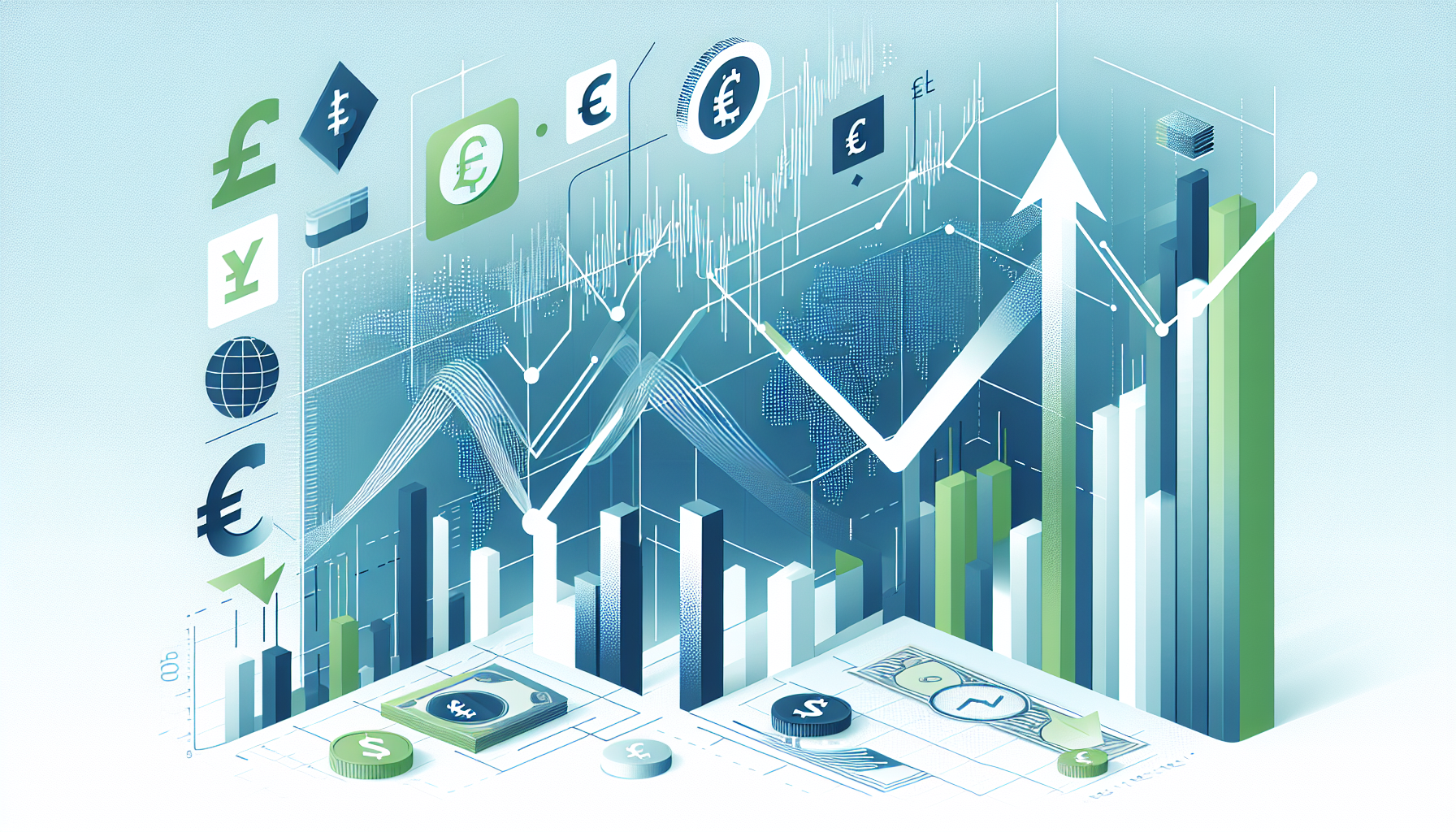Market Overview
The financial markets show an overall stable interest rate situation as of October 15, 2025. The ECB deposit rate is at 2%, while the US yield curve has a normal structure, with yields of 3.52% for 2-year and 4.63% for 30-year bonds. These stable interest rates are the result of a cautious monetary policy aimed at managing inflation and economic uncertainties. While US rates are significantly higher compared to the ECB, this could lead to further depreciation of the Euro while simultaneously opening up opportunities for bond ETFs in the US.
Interest Rate Analysis
The US yield curve exhibits a normal structure, indicating healthy economic growth expectations. The Yield Curve Spread between 10-year and 2-year bonds is 0.53%, which can be interpreted as a sign of low recession risk. In contrast, the US-EU Spread for 10-year bonds is 2.05%, highlighting the attractiveness of American bonds in an international comparison. This divergence could entice investors to invest in US bonds to benefit from higher yields.
US Treasury Yield Curve
29.10.2025
This interest rate structure provides bond investors the opportunity to benefit from the higher yields of US bonds while simultaneously minimizing the risks of an inverted yield curve, which could indicate a potential recession. However, investors should be cautious and closely monitor the market, as economic conditions can change rapidly.
Risk Indicators
Market volatility, measured by the MOVE Index, stands at 83, which is considered normal. This volatility suggests that market participants expect uncertainties regarding future interest rate movements and economic developments. Additionally, current headlines, such as the legal troubles of banks and real estate magnates, could create further uncertainties in the financial markets. Investors should be aware of these risks and consider appropriate risk mitigation strategies.
Investment Strategies
For conservative investors, a Duration Management strategy may be sensible to minimize interest rate risk. Investments in shorter maturities or high-quality bonds could provide protection. On the other hand, risk-seeking investors might focus on Yield ETFs that target higher-yielding bonds to capitalize on the current interest rate structure. However, decisions should always be made with personal risk tolerance in mind.
Outlook
In conclusion, the current interest rate situation presents both risks and opportunities for investors. While stable rates and a normal yield structure in the US indicate a certain level of economic stability, investors should remain vigilant and regularly adjust their strategies. The difference between US and ECB rates offers potential, especially for currency-hedged bond ETFs, while market volatility should be interpreted as a warning signal. Investors are well-advised to keep their portfolios diversified and prepare for potential market movements.



